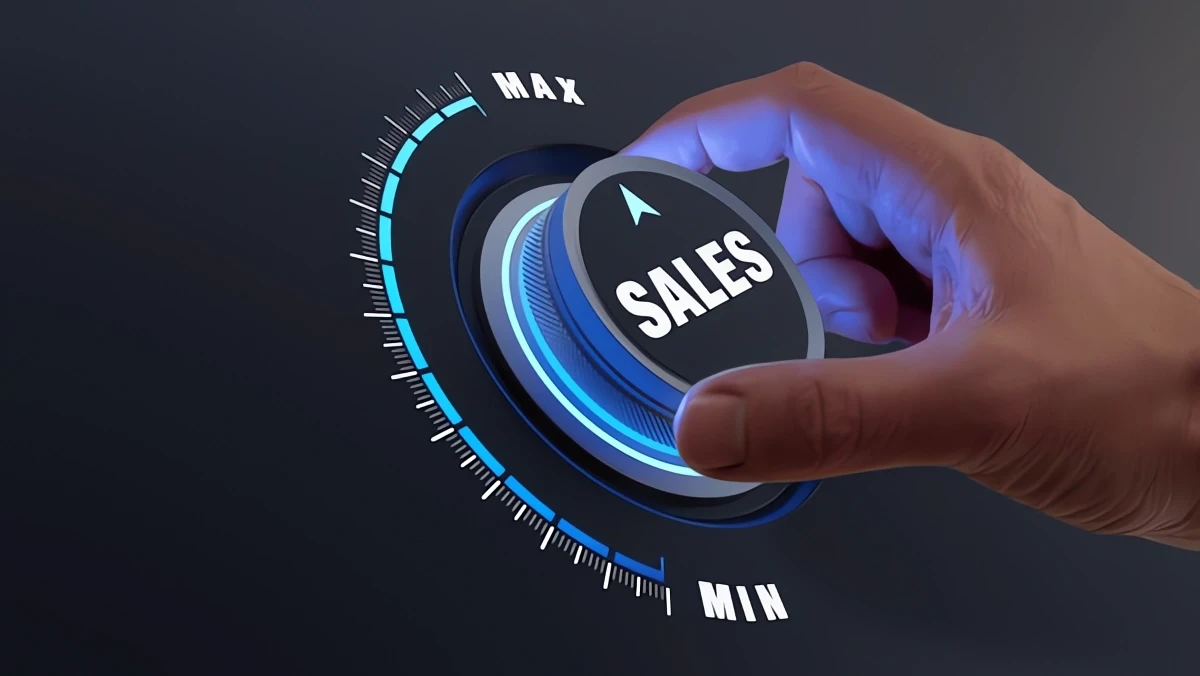11 Strategies to Boost Your eCommerce Store’s Google Rankings
- Theresa Brooks
- 0 Comments
Climbing to the top of Google search results isn’t just a privilege for eCommerce websites—it’s a vital step toward achieving sustained growth. With more than 81% of consumers researching online before making a purchase, ensuring your site ranks well can directly impact your sales and brand visibility.
This comprehensive guide explores the most effective strategies to optimize your eCommerce site for better rankings and conversions.
1. Keyword Research
Successful eCommerce SEO begins with understanding what your customers are searching for. Generic keywords are no longer enough; the focus should be on buyer intent and specific queries.
- Long-tail Keywords: Phrases like “custom leather jackets under $300” capture shoppers who are closer to making a purchase.
- Trend Analysis: Monitor seasonal or trending keywords using tools like Google Trends or Ahrefs to tap into peak demand periods.
- Competitor Insights: Tools like SEMrush help identify which keywords drive traffic to competitors, allowing you to uncover new opportunities.
Incorporate these terms strategically across product descriptions, meta tags, and blog posts to attract targeted traffic.
2. On-Page Optimization
Optimizing each element on your site ensures search engines can interpret your content accurately. Effective on-page SEO goes beyond sprinkling keywords; it’s about aligning every detail with user intent.
- Actionable Title Tags: Instead of generic titles, try something like “Genuine Leather Jackets for Winter – Free Shipping.”
- Engaging Meta Descriptions: Craft compelling descriptions that encourage clicks, such as “Explore our premium collection of leather jackets with free returns and fast delivery.”
- Optimized URLs: Simplify your links. For example, “yoursite.com/mens-leather-jackets” performs better than “yoursite.com/p=1234.”
By refining on-page elements, you improve click-through rates, boosting your rankings and visibility.
3. Speed Matters: Optimize Your Website Performance
A one-second delay in page load time can reduce conversions by 7%. Shoppers expect quick, seamless browsing experiences, especially when making purchases.
- Image Compression: Tools like TinyPNG or ImageOptim reduce file sizes without compromising quality.
- Browser Caching: Use tools like W3 Total Cache to decrease load times for repeat visitors.
- CDNs: Platforms such as Cloudflare speed up global content delivery.
Aim for load times under three seconds to reduce bounce rates and encourage longer browsing sessions.
4. Prioritize Mobile Optimization
With mobile eCommerce sales projected to account for 72.9% of total online sales in 2025, mobile-friendly websites are indispensable.
- Responsive Design: Ensure your website adapts seamlessly to all screen sizes.
- Streamlined Navigation: Use drop-down menus and large, clickable buttons.
- Mobile-Specific Checkout: Reduce steps in the checkout process to prevent cart abandonment.
Google prioritizes mobile-optimized websites in search rankings, making this a non-negotiable strategy.
5. Create Engaging Content for Every Stage of the Funnel
Content marketing is about more than just attracting traffic—it’s about guiding visitors toward a purchase.
- Educational Content: Blog posts like “5 Signs You’re Buying Authentic Leather” can inform potential buyers.
- Product Guides: Detailed guides, such as “How to Style Leather Jackets for Every Occasion,” build trust.
- Video Tutorials: Over 50% of consumers say videos give them confidence in purchasing decisions. Showcase products in action to enhance engagement.
High-quality, relevant content increases dwell time and positions your brand as a leader in your industry.
6. Build a Strong Backlink Profile
Backlinks remain one of Google’s top-ranking factors. However, quality matters more than quantity.
- Industry Mentions: Collaborate with niche blogs or magazines to feature your products.
- Influencer Partnerships: Send products to influencers for honest reviews, which often include backlinks.
- Create Shareable Assets: Infographics or research reports encourage organic links from reputable websites.
A robust backlink strategy enhances credibility and drives referral traffic to your store.
7. Use Structured Data for Rich Results
Structured data is a game-changer for eCommerce websites. It enables your site to display rich snippets, which attract more clicks.
- Product Schema: Highlight key information like price, availability, and customer ratings.
- FAQ Schema: Address common concerns to appear in relevant searches.
- Review Markup: Showcase positive feedback directly in search results.
These enhancements make your listings stand out, increasing visibility and click-through rates.
8. Encourage Customer Reviews and Testimonials
Reviews are vital for online shoppers, with 93% stating reviews influence their purchase decisions. Beyond building trust, they also impact SEO.
- Post-Purchase Follow-Ups: Send automated emails encouraging customers to leave reviews.
- Highlight Reviews: Display testimonials prominently on product pages.
- Incentivize Feedback: Offer discounts or loyalty points for leaving honest reviews.
Positive feedback not only improves rankings but also boosts conversions significantly.
9. Monitor and Optimize Your Efforts
Tracking performance is essential for refining your strategy.
- Use Google Analytics: Measure metrics like bounce rate, conversion rate, and user behavior.
- Keyword Tracking: Platforms like SEMrush show how your targeted keywords rank over time.
- A/B Testing: Experiment with different headlines, layouts, or CTAs to see what drives better results.
Regular analysis helps you adapt to changes in customer behavior or algorithm updates.
10. Invest in Local SEO for Omnichannel Success
If you operate a hybrid model with physical stores or localized services, local SEO can boost both in-store and online sales.
- Location-Based Keywords: Use terms like “best leather jackets near [city].”
- Google My Business: Keep your profile updated with accurate business hours, locations, and reviews.
- Local Directories: Ensure your business is listed on relevant directories for additional exposure.
Combining local SEO with traditional strategies ensures you don’t miss out on nearby customers.
11. Stay Ahead with Emerging Trends
The eCommerce space evolves rapidly, and so do Google’s algorithms. Stay ahead by embracing new developments.
- Voice Search Optimization: With smart speakers becoming household staples, focus on conversational phrases like “Where to buy tailored leather jackets?”
- Core Web Vitals: Prioritize page experience metrics like loading speed, interactivity, and visual stability.
- AI Tools: Leverage tools to automate tasks like personalization, helping you scale without compromising quality.
Proactive adoption of trends ensures you remain competitive in a dynamic marketplace.
Closing Thoughts
Achieving top Google rankings is a journey that requires persistence, adaptability, and a focus on delivering value to your customers. By implementing these strategies, your eCommerce website can drive more organic traffic, foster trust, and ultimately achieve higher sales.
Start optimizing today, and watch your efforts translate into measurable success.






